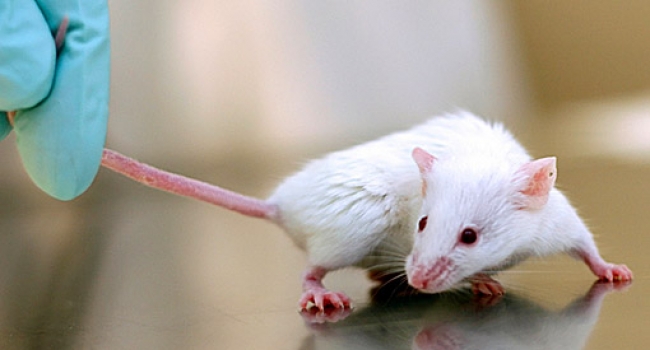Type 1 diabetic mice treated with engineered human pancreatic cells
 11:57 11 May, 2018
11:57 11 May, 2018Tissue-engineered human pancreatic cells successfully treated mice with type 1 diabetes in a study, showing promise of someday treating men and women with their own tissue grown in a lab.
According to UPI.com, researchers at Cincinnati Children's Hospital Medical Center and Yokohama City University in Japan studied how human pancreatic islets in a laboratory develop a circulatory system and secrete hormones like insulin. Details of this process, called self-condensation cell culture, were published this week in the journal Cell Reports.
"This method may serve as a principal curative strategy for treating type 1 diabetes, of which there are 79,000 new diagnoses per year," Dr. Takanori Takebe, a physician-scientist at the Cincinnati Children's Center for Stem Cell and Organoid Medicine said in a press release. "This is a life-threatening disease that never goes away, so developing effective and possibly permanent therapeutic approaches would help millions of children and adults around the world."
Takebe, who also has a dual appointment in the Department of Regenerative Medicine at YCU, said more technology needs to be developed before the process works in humans. Vascularization problems in tissue and the pre-transplant processing of the blood supply as islets are keeping the engraftment success rate relatively low.
"We need a strategy that ensures successful engraftment through the timely development of vascular networks," Taniguchi said. "We demonstrate in this study that the self-condensation cell culturing system promotes tissue vascularization."
In the study, scientists tested human organ cells, including from the pancreas, heart and brain, with mouse organ cells and with induced pluripotent stem cells in a Japanese clinic.
IPS cells, which act like embryonic cells, can form any tissue type in the body when reprogrammed from a person's adult cells.
Two types of cells are mesenchymal stem cells and human umbilical vascular endothelial cells.
These MSNs and HUVECs were combined with mouse cells or iPS cells, along with other genetic and biochemical material that help form pancreatic islets.
After they were transplanted into the diabetic mice, it helped with the animals' disease, the researchers said. They found the tissues also functioned efficiently as part of the endocrine system. In this way, they secrete hormones like insulin and stabilize glycemic control in the animals.
In a Phase 3 clinical trial in the United States, diabetics' potentially fatal low blood glucose levels improved dramatically with the transplantation of insulin-producing islets to their pancreas. The trial results from the 2006 to 2014 study were released in March. The National Institutes of Health said the process is not appropriate for most people with type 1 diabetes because of the risks of transplant procedures.